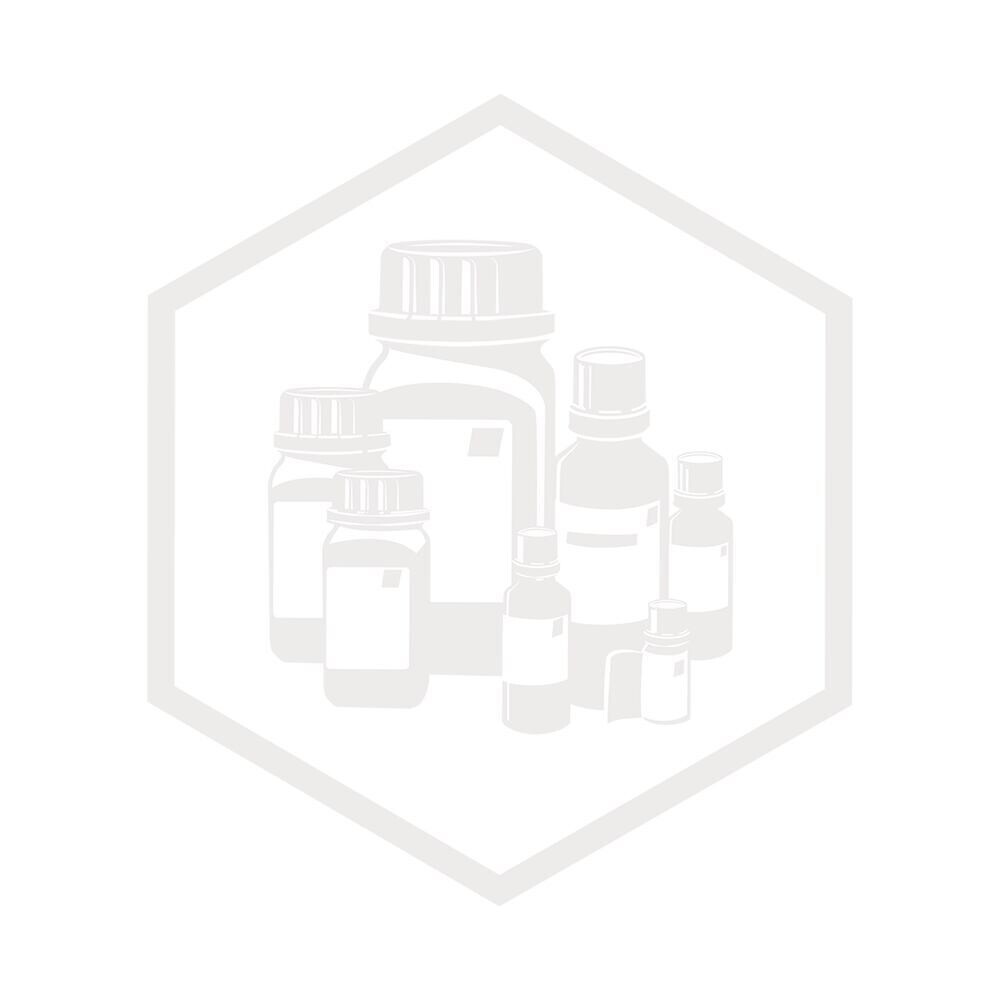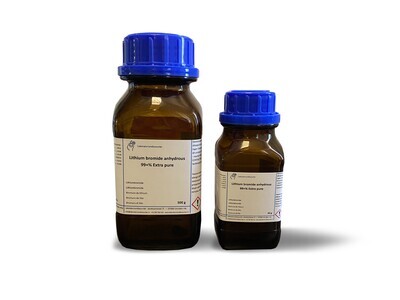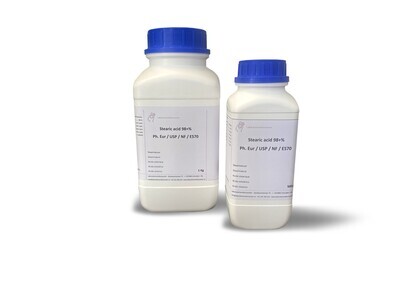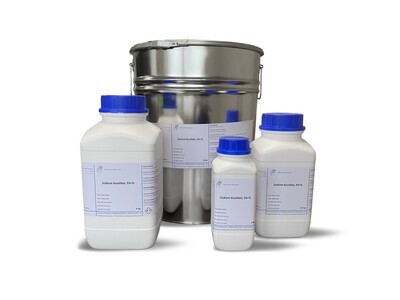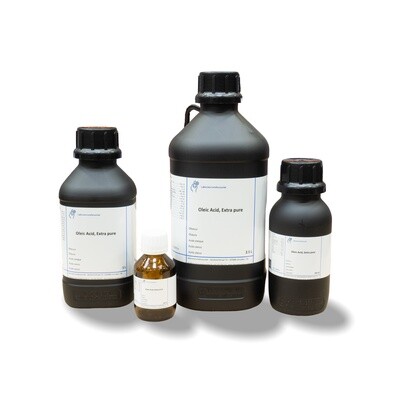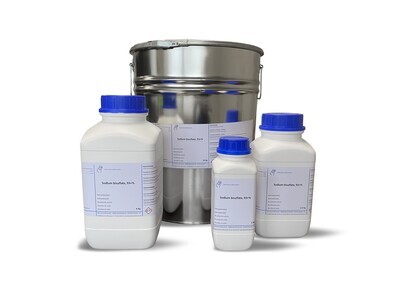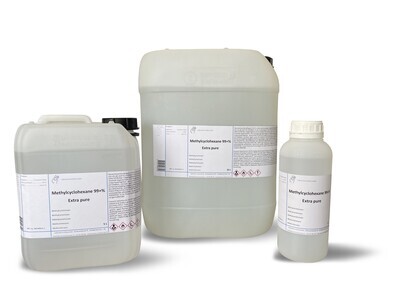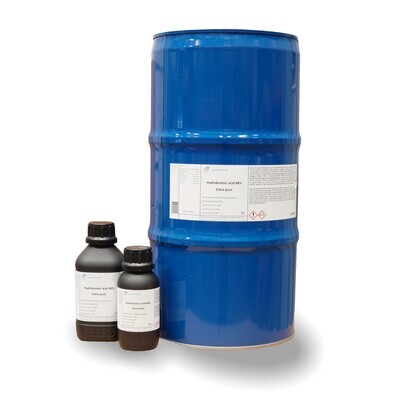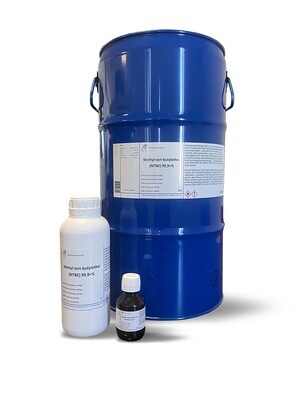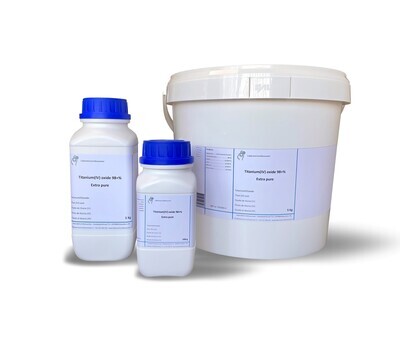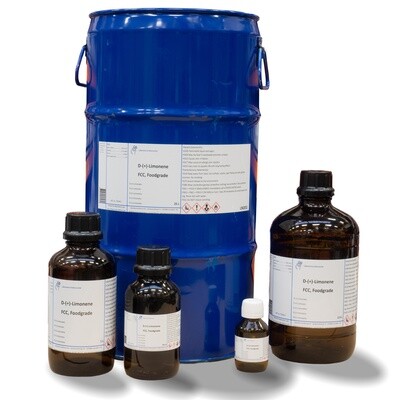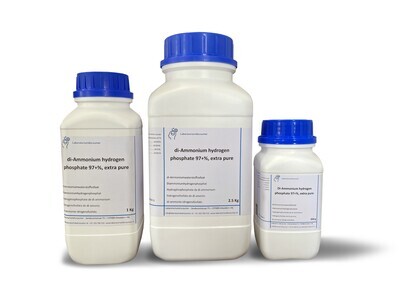Verzending 24–48 u • Levering in de hele EU • Veilige chemieverpakking
Sodium chloride 99.9% 50 g
SKU 007011
€ 69,79
In stock
1
Save this product for later
Sodium chloride 99.9% 50 g
Product Details
CAS number: 7647-14-5
Chemical formulas: NaCl/ F.W. 58.44
Cation: Na
Packaging: 50 g
EAN: 8721028251251
Brand: Laboratoriumdiscounter
Sodium chloride, commonly known as table salt, is a vital mineral that plays a crucial role in various bodily functions. It is widely used in food preservation, seasoning, and as a de-icing agent. With its unique chemical properties, sodium chloride is essential for maintaining fluid balance, nerve function, and muscle contraction. Explore the diverse applications and benefits of this versatile compound.
1. Wear appropriate personal protective equipment (PPE) such as gloves, goggles, and a lab coat when working with sodium chloride. 2. Avoid direct contact with sodium chloride. If contact occurs, immediately rinse the affected area with plenty of water. 3. Handle sodium chloride with care to prevent spills or splashes. Use a scoop or spatula to transfer the substance and avoid using your hands. 4. Store sodium chloride in a tightly sealed container in a cool, dry place away from incompatible substances. 5. Do not ingest sodium chloride. It is not meant for consumption and can be harmful if swallowed. 6. Avoid inhaling sodium chloride dust or fumes. Work in a well-ventilated area or use a fume hood if necessary. 7. Keep sodium chloride away from open flames or sources of ignition as it can release toxic fumes when heated. 8. Dispose of sodium chloride waste properly according to local regulations. Do not pour it down the drain or dispose of it in regular trash. 9. In case of a spill or accident, follow appropriate cleanup procedures. Use absorbent materials to contain and clean up the spilled sodium chloride, and dispose of the waste properly. 10. Familiarize yourself with the Material Safety Data Sheet (MSDS) for sodium chloride to understand its hazards, handling, and emergency procedures.
Please note, not all safety data for this product is available on our website, for a complete list of P en H sentences and other safety instructions please request the MSDS at our customer service
You May Also Like
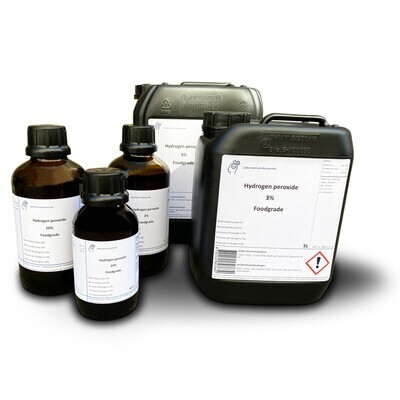
Hydrogen peroxide, food grade 1 Liter 10%
Hydrogen peroxide, food grade 1 Liter 10%
SKU CX923.2.1.2
€ 19,11
Display prices in:EUR
